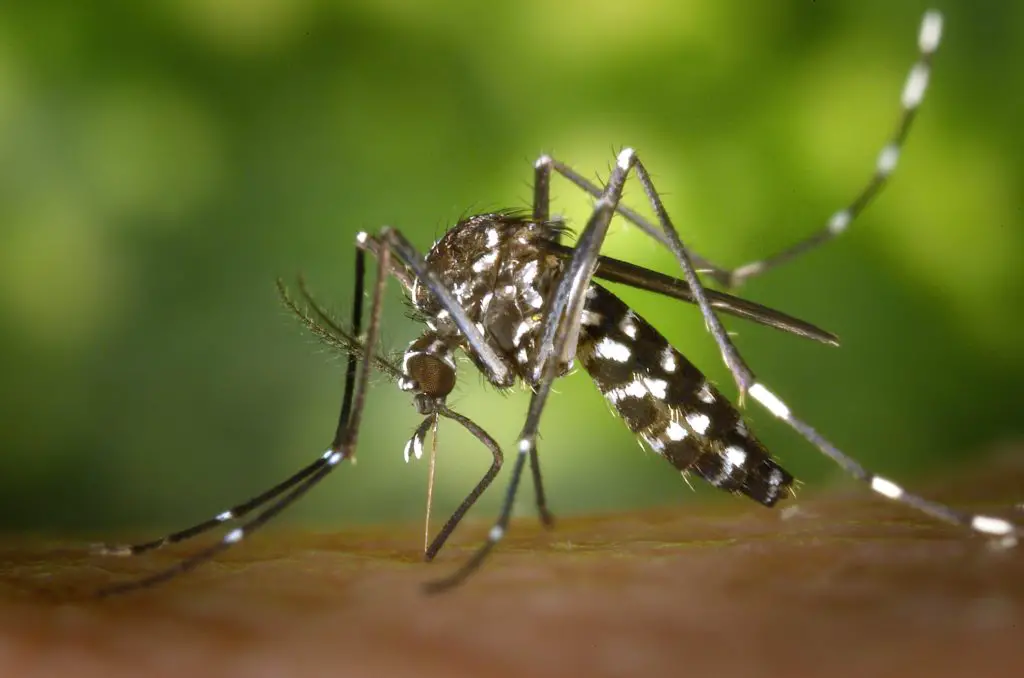Retropharyngeal abscess is a collection of pus in the tissues in the back of the throat. It can be a life-threatening medical condition.
Causes
Retropharyngeal abscess most often affects children under age 5, but it can occur at any age.
Infected material (pus) builds up in the space around the tissues at the back of the throat. This can occur during or very soon after a throat infection.
Symptoms
Symptoms include:
- Breathing difficulty
- Difficulty swallowing
- Drooling
- High fever
- High-pitched sound when inhaling (stridor)
- Muscles between the ribs pull in when breathing (intercostal retractions)
- Severe throat pain
- Difficulty turning the head
Exams and Tests
The health care provider will perform a physical exam and look inside the throat. The provider may gently rub the back of the throat with a cotton swab. This is to take a sample of tissue to check it more closely. It is called a throat culture.
Other tests may include:
- Complete blood count (CBC)
- CT scan of the neck
- X-ray of the neck
- Fiber optic endoscopy
Treatment
Surgery is needed to drain the infected area. Corticosteroids are sometimes given to reduce airway swelling. High-dose antibiotics are given through a vein (intravenous) to treat the infection.
The airway will be protected so that it does not become completely blocked by the swelling.
Prognosis
It is important to get medical help right away. This condition can lead to blockage of the airway. This is life threatening. With prompt treatment, a full recovery is expected.
Possible Complications
Complications may include:
- Airway obstruction
- Aspiration
- Mediastinitis
- Osteomyelitis
When to Contact a Medical Professional
Call your provider if you or your child develops a high fever with severe throat pain.
Get medical help right away if you have:
- Breathing trouble
- High-pitched breathing sounds (stridor)
- Retraction of the muscles between the ribs when breathing
- Difficulty turning the head
- Difficulty swallowing
Prevention
Prompt diagnosis and treatment of a sore throat or upper respiratory infection can prevent this problem.
References
Melio FR. Upper respiratory tract infections. In: Walls RM, Hockberger RS, Gausche-Hill M, eds. Rosen’s Emergency Medicine: Concepts and Clinical Practice. 9th ed. Philadelphia, PA: Elsevier; 2018:chap 65.
Meyer A. Pediatric infectious disease. In: Flint PW, Haughey BH, Lund V, et al, eds. Cummings Otolaryngology: Head and Neck Surgery. 6th ed. Philadelphia, PA: Elsevier Saunders; 2015:chap 197.
Pappas DE, Hendley JO. Retropharyngeal abscess, lateral pharyngeal (parapharyngeal) abscess, and peritonsillar cellulitis/abscess. In: Kliegman RM, Stanton BF, St. Geme JW, Schor NF, eds. Nelson Textbook of Pediatrics. 20th ed. Philadelphia, PA: Elsevier; 2016:chap 382.









